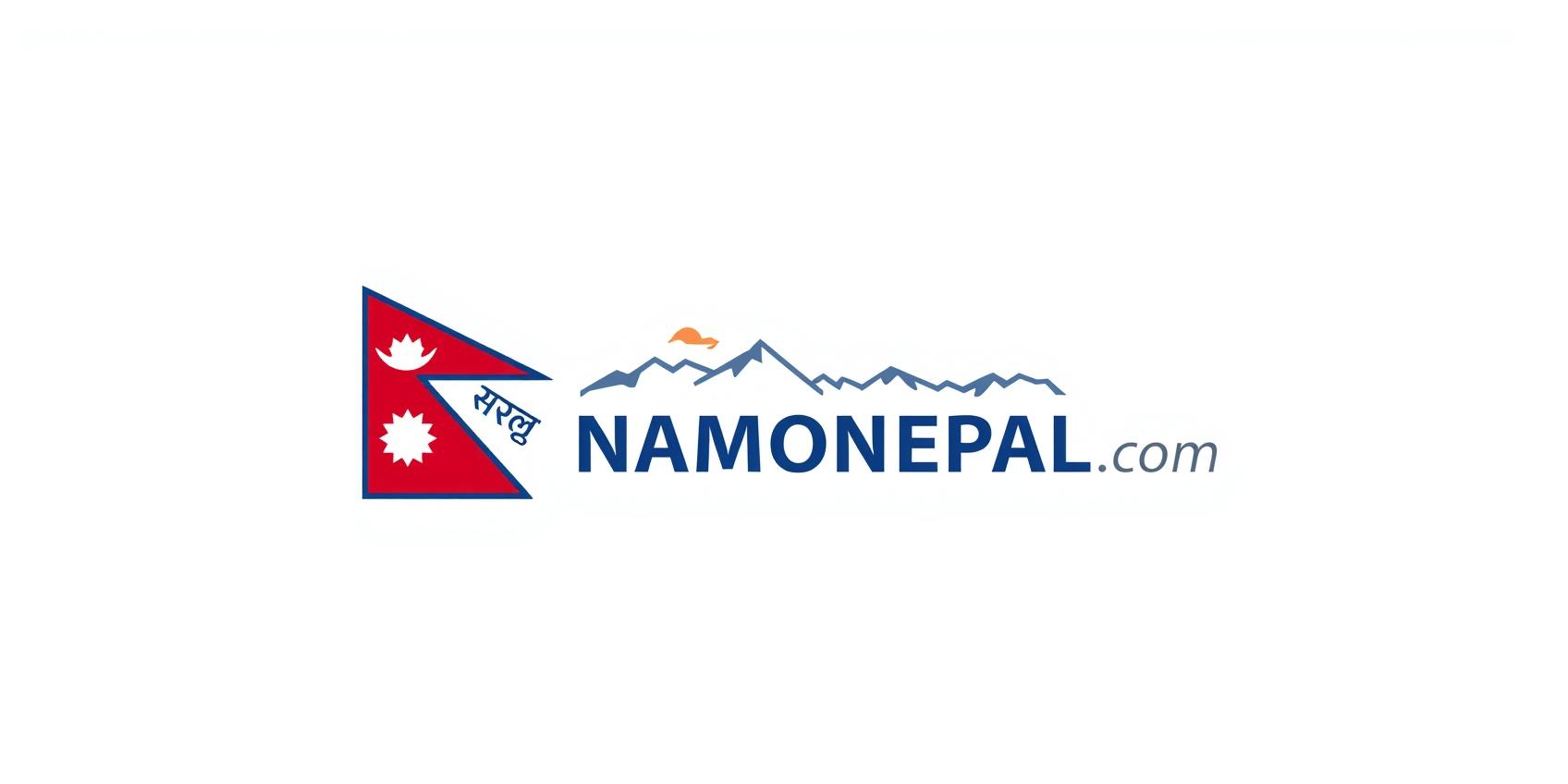Explore Nepal’s Best Trekking Seasons and Weather Tips
Planning your trek? Knowing the best trekking seasons Nepal offers and getting Nepal trekking weather advice will help you maximize enjoyment and safety on your Himalayan adventure.

Why Choose the Best Trekking Season?
Enhance Your Trek with Perfect Weather
Spring trekking Nepal brings vibrant flora, mild temperatures, and clear views.
Autumn trekking Nepal is famous for stable weather, visibility, and cool days.
Avoid monsoon season trekking Nepal for muddy trails and limited views.
Winter offers unique quiet treks but requires extra gear for winter trekking Nepal.
Spring Trekking Peak
Autumn Prime Trekking
Monsoon Risks
Cold but Peaceful
Nepal’s Four Trekking Seasons
Weather Patterns and What to Expect
Nepal’s mountains experience diverse climates. Spring (March to May) offers blossoming landscapes and longer days. Autumn (September to November) provides the clearest skies and pleasant temperatures. Summer monsoon (June to August) brings heavy rains, making trekking challenging. Winter (December to February) can be harsh but peaceful, especially for lower altitude treks. Understanding these trekking season weather Nepal patterns ensures better preparation.


Seasonal Trekking Insights
Preparing for Weather Variations
Packing the right gear and timing your trek according to the season is crucial for comfort and safety. Plan for temperature swings, unexpected rains, and snow in high altitudes.
For spring trekking Nepal and autumn trekking Nepal
Essential for monsoon season trekking Nepal
Necessary for winter trekking Nepal
Key for off seasons and unpredictable Nepal trekking weather
Tips for Weather Safety & Comfort
Adjust your pace for high passes, stay hydrated, and respect altitude changes during variable weather.
Carry sun protection for bright mountain days and stay informed on weather trends during your trek, utilizing Nepal trekking weather forecast tools.

Choosing the Best Months to Trek
Regional and Seasonal Variations
- Everest is busiest in spring and autumn for climate and peak climbs.
- Annapurna enjoys moderate weather, best in the same seasons.
- Off-season trekking requires preparedness for harsher conditions and fewer services.
- Monsoon offers unique ecological sights but is risky for most treks.
Offseason deals are available for experienced trekkers willing to face trekking weather variation Nepal.
It is important to balance crowd and weather goals—the peak season is crowded but offers the best conditions.
Always use local expertise for timely weather updates and safety.
Make the Most of Nepal’s Trekking Seasons
Choose the right season, pack smartly, and prepare for Nepal’s mountain weather. Your best trekking experiences lie ahead with proper planning.
Start Your Safe Trek Planning Now!

Weather Preparation Quick Tips
Balance your trekking plans with season, gear, and flexibility to ensure safe and enjoyable adventures.
- ✓ Seasonal clothing essentials
- ✓ Hydration and nutrition plans
- ✓ Real-time weather info apps
- ✓ Adjust trekking pace to weather
- ✓ Emergency preparedness gear
Best Seasons & Weather FAQ
Answers to common questions on trekking seasons and weather in Nepal.



